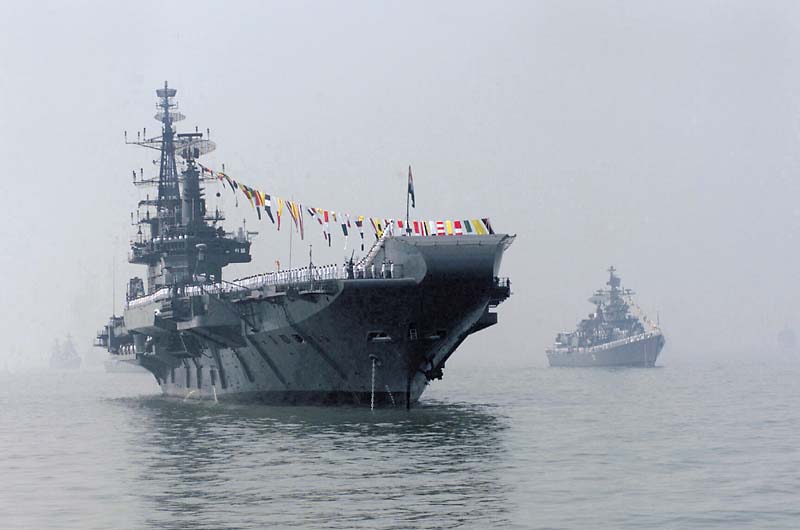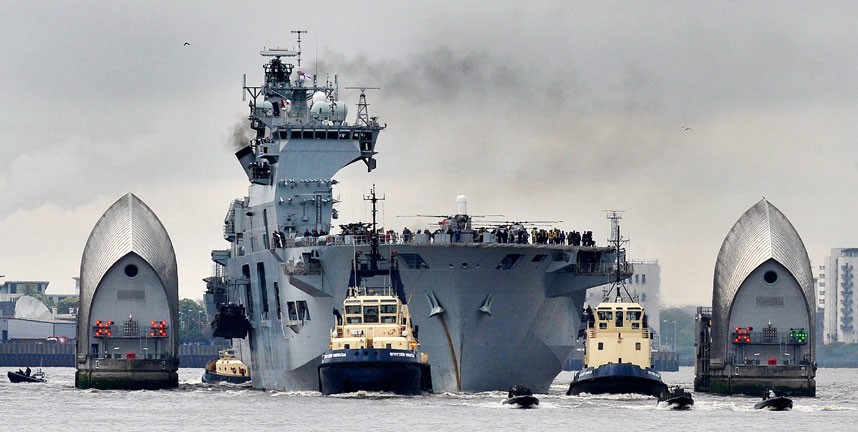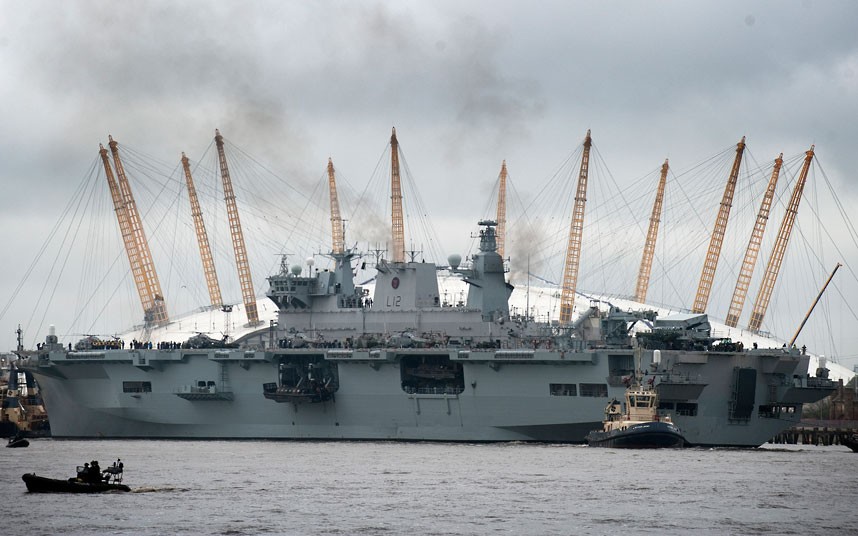The Economist provides some background on a growing naval rivalry between the two biggest powers in Asia:
… Samudra Manthan is the title of a new book on this topic by C. Raja Mohan, an Indian writer on strategic affairs, for whom the myth is a metaphor for the two countries’ competition at sea. This contest remains far more tentative and low-key than the 50-year stand-off over their disputed Himalayan border, where China humiliated India in a brief, bloody war in 1962. But the book raises alarming questions about the risks of future maritime confrontation.
[. . .]
China’s naval plans receive more attention. By 2020 its navy is expected to have 73 “principal combatants” (big warships) and 78 submarines, 12 of them nuclear-powered. Last year its first aircraft-carrier, bought from Ukraine, began sea trials; indigenous carriers are under construction. Proving it can now operate far from its own shores, China’s navy has joined anti-piracy operations in the Gulf of Aden. Of course this evolution is not aimed at India, so much as at building a force commensurate with China’s new economic might, securing its sea lines of communication and, eventually perhaps, challenging American dominance in the western Pacific, with a view to enforcing China’s view of its national sovereignty in Taiwan and elsewhere.
Indian strategists, however, tend towards paranoia where China is concerned. China’s close strategic relations with India’s neighbours, notably Pakistan, have given rise to the perception that China is intent on throttling India with a “string of pearls” — naval facilities around the Indian Ocean. These include ports China has built at Gwadar in Pakistan; at Hambantota in Sri Lanka; at Kyaukphyu in Myanmar; and at Chittagong in Bangladesh.
[. . .]
India’s naval advances are less dramatic. But it has operated two aircraft-carriers since the 1960s, and aims to have three carrier groups operational by 2020, as part of a fleet that by 2022 would have around 160 ships and 400 aircraft, making it one of the world’s five biggest navies. Like China, it also hopes to acquire a full “nuclear triad” — by adding sea-based missiles to its nuclear deterrent. While China has been testing the waters to its south and south-west, India’s navy has been looking east, partly to follow India’s trade links. India fears Chinese “strategic encirclement”. Similarly, China looks askance at India’s expanding defence ties with America, South-East Asia, Japan and South Korea.







